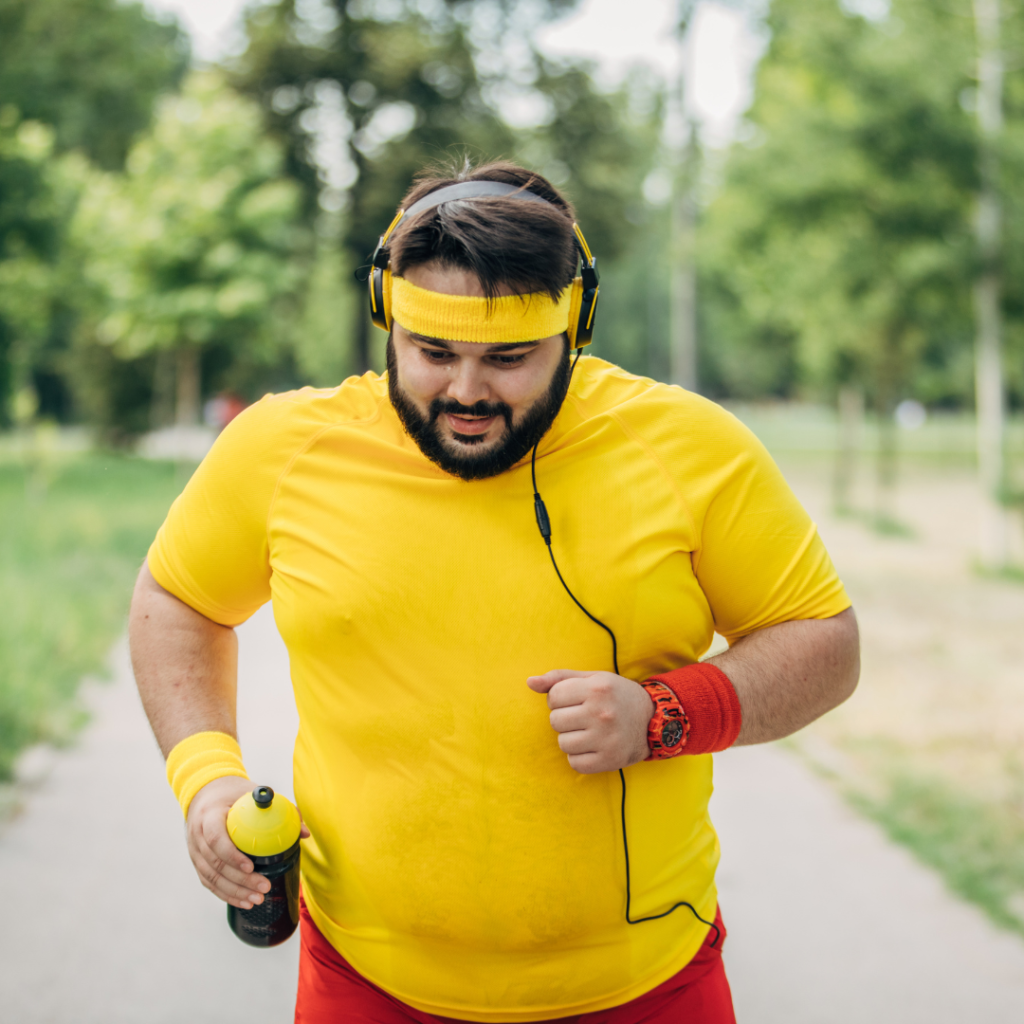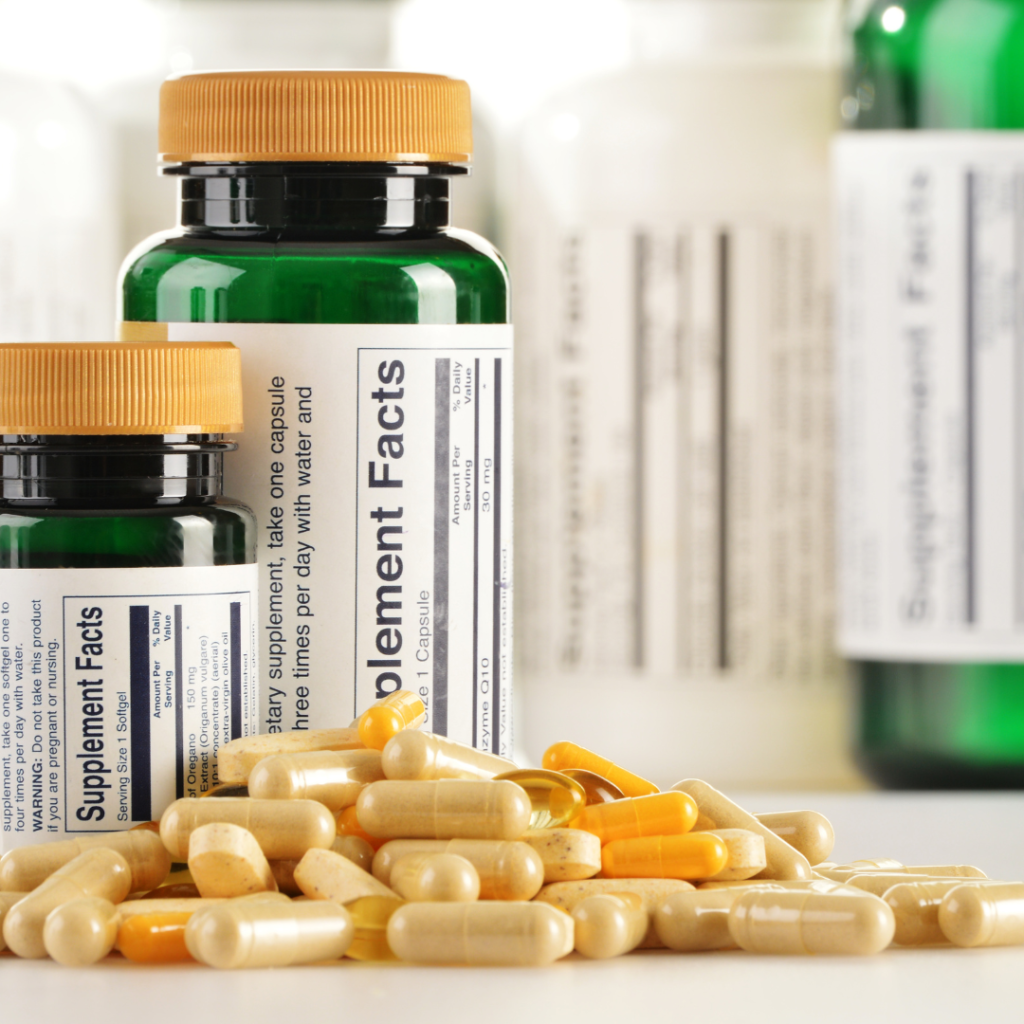Tribulus Terrestris and Androgen Receptors: How This Herb Amplifies Your Body’s Natural Testosterone Response
Introduction: Unlocking the Power of Natural Testosterone
Testosterone, the cornerstone of vitality, muscle growth, and sexual health, drives countless physiological processes. Yet, modern lifestyles—laden with stress, poor diets, and sedentary habits—often suppress its production. Enter Tribulus Terrestris, a thorny herb rooted in ancient medicine, now gaining traction as a natural testosterone enhancer. But how does it work? This article dives into the science behind Tribulus Terrestris and its unique ability to optimize androgen receptor function, offering a rare glimpse into how this plant can supercharge your body’s hormonal response—without synthetic interventions.
1. What Is Tribulus Terrestris? Nature’s Testosterone Ally
Tribulus Terrestris, colloquially known as “puncture vine,” thrives in arid regions from the Mediterranean to Asia. For centuries, Ayurvedic and Traditional Chinese Medicine (TCM) practitioners have harnessed its fruits and roots to treat low libido, infertility, and fatigue. Modern research identifies its bioactive compounds—saponins (notably protodioscin)—as the drivers of its benefits. Unlike synthetic steroids, Tribulus works synergistically with the body, enhancing its innate hormonal processes rather than overriding them.

Key Fact: A 2019 study in the Journal of Dietary Supplements highlighted Tribulus’s role in improving erectile function and mood, linking these effects to its influence on hormonal pathways.
2. Androgen Receptors 101: Gatekeepers of Testosterone’s Power
Testosterone’s impact hinges on androgen receptors (ARs), proteins in cells that bind to the hormone, triggering muscle growth, energy production, and libido. However, factors like aging, obesity, and chronic inflammation can desensitize ARs, blunting testosterone’s efficacy. Here’s where Tribulus shines: emerging evidence suggests it upregulates AR density and sensitivity, ensuring your body maximizes every molecule of testosterone.

Science Simplified: Think of ARs as locks and testosterone as keys. Tribulus doesn’t just add more keys—it installs more locks, amplifying the hormone’s signal.
3. The Tribulus-Androgen Receptor Connection: A Biochemical Symphony
Tribulus’s star saponin, protodioscin, is a precursor to dehydroepiandrosterone (DHEA), a hormone that converts into testosterone. But its real magic lies in modulating AR activity. A 2020 Phytotherapy Research study found that Tribulus extract increased AR expression in muscle tissue by 35% in animal models, enhancing anabolic responses. Additionally, it may lower sex hormone-binding globulin (SHBG), freeing up bound testosterone for use.
Unique Angle: Tribulus doesn’t directly spike testosterone levels. Instead, it optimizes the body’s existing hormonal environment, making it a sustainable, side-effect-free alternative to synthetic boosters.
4. Beyond the Gym: Holistic Benefits of Tribulus Terrestris
While muscle growth and athletic performance are headline benefits, Tribulus offers broader advantages:

- Libido & Sexual Health: By boosting nitric oxide production, it enhances blood flow to erectile tissues.
- Mood & Cognitive Function: DHEA supports neurotransmitter balance, combating stress and brain fog.
- Cardiovascular Health: Preliminary studies suggest it improves cholesterol profiles and blood pressure.
Pro Tip: Pair Tribulus with zinc and vitamin D for a synergistic testosterone-support stack.
5. Debunking Myths: What Tribulus Can’t Do
Despite hype, Tribulus isn’t a miracle pill. It won’t mimic anabolic steroids or work overnight. Human studies show variability, with effects peaking after 4–8 weeks of consistent use. It’s also not a substitute for healthy sleep, nutrition, or exercise—cornerstones of hormonal health.
6. Using Tribulus Wisely: Dosage, Forms, and Cycling

- Dosage: 500–1,500 mg daily of standardized extract (40–60% saponins).
- Forms: Capsules, powders, or tinctures. Avoid unstandardized products.
- Cycling: Use for 8–12 weeks, followed by a 4-week break to prevent receptor desensitization.
Caution: Consult a healthcare provider if you’re on blood thinners or have hormone-sensitive conditions.
7. Tribulus vs. Other Testosterone Boosters: How It Stacks Up
Compare Tribulus to popular alternatives:

- Fenugreek: Boosts free testosterone but lacks AR-enhancing effects.
- Ashwagandha: Reduces cortisol, indirectly supporting testosterone.
- Tongkat Ali: Increases luteinizing hormone, stimulating production.
Tribulus stands out for its dual action on hormone production and receptor sensitivity.
8. FAQs: Your Top Questions Answered
- Does Tribulus work for women? Yes! It supports hormonal balance and vitality without virilization risks.
- Can it cause acne or hair loss? Rare, but possible if androgen sensitivity is high.
- When’s the best time to take it? Morning, with food, to align with natural cortisol rhythms.
Conclusion: Harnessing Nature’s Hormonal Harmony
Tribulus Terrestris isn’t just another supplement—it’s a bridge between ancient wisdom and modern science. By fine-tuning androgen receptors and enhancing testosterone utilization, it offers a safe, natural path to peak vitality. Remember, consistency is key. Pair it with a balanced lifestyle, and your body will thank you.











